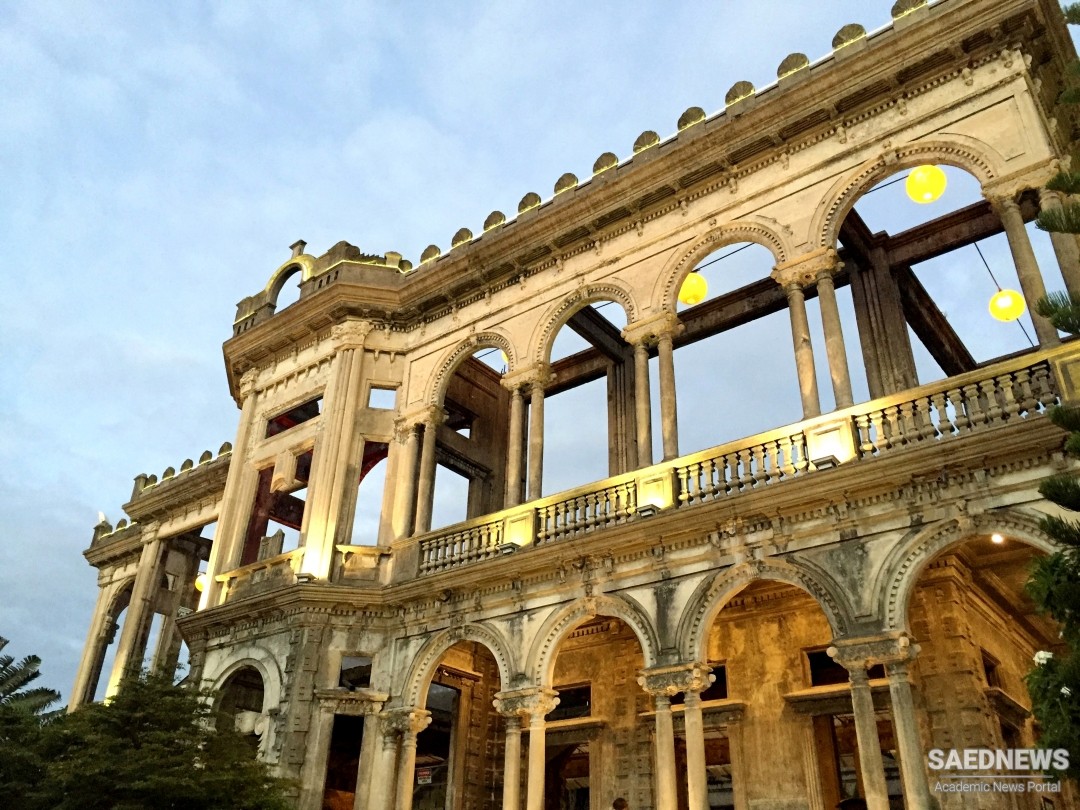Perhaps the most basic and common error a presenter may make in his attempt to comprehend what a tourist wants is to focus on a tourist’s chosen item of desire itself—the travel object or destination—rather than to look deeper into what exactly are the elements of its attraction and why they should entice a particular person or group. If the latter course is pursued, then not only does it become easier to cater to a tourist satisfactorily but it also becomes much more possible to provide an attraction for that person which can meet a range of other needs as well—those of presenters and sites, for example. Essentially, with appropriate information it may be possible to diversify to meet tourist needs just as satisfactorily, or even more satisfactorily than if they were the sole objective, yet allow other needs too to be met. Tourists are humans, so it is at human behaviour that we need to look in enquiry. Why should a person want to travel and, moreover, for culture?
The starting point is the assumption that, whether or not most men ‘lead lives of quiet desperation’,1 the majority, at the very least, lead lives which are for the most part boring and dull. Few people, it is suggested, find that their everyday lives provide them with all the dimensions that they feel they need. Most of their waking hours, and more especially the lion’s share of their ‘discretionary time’, are allocated to trying to make contact with, or put themselves in line for some excitement and stimulation. Conversely, those people who do have varied and exciting lives may yearn for periods of peace and quiet.
According to our personal predilections and preferences, we ‘see’ fulfilment in different items and access avenues. Whatever our particular goals and their means of possible achievement, in the process of pursuing them a situation is created for entrepreneurial activity. In viewing humanity in this, albeit somewhat simplistic, way, a scene is nevertheless produced; and the scene set is that for the provision of services or ‘goods’ by one, for consumption by another. The tourism industry, of which, as has been said, cultural tourism forms a major part, is just one portion of this whole sector which sets out to service humanity’s needs. It is, however, an extremely salient portion since, as the tourism body industry is quite open about, its occupation is dealing in our dreams. While it will, of course, serve practical surface needs, the tourist industry in catering to them will also be meeting desires which we hold deep within.


 Heritage Tourism, Local Identities and Global Issues
Heritage Tourism, Local Identities and Global Issues














































